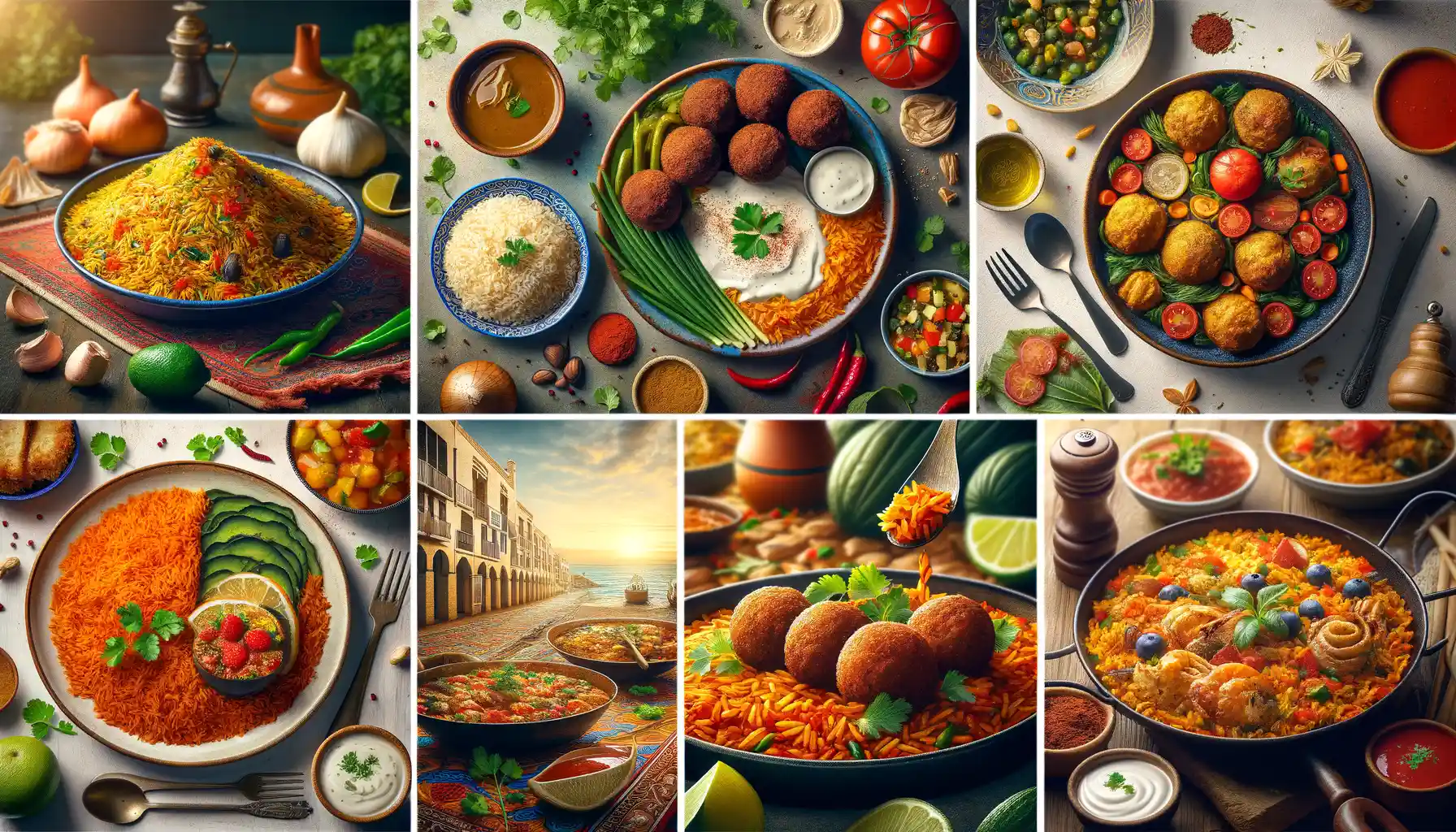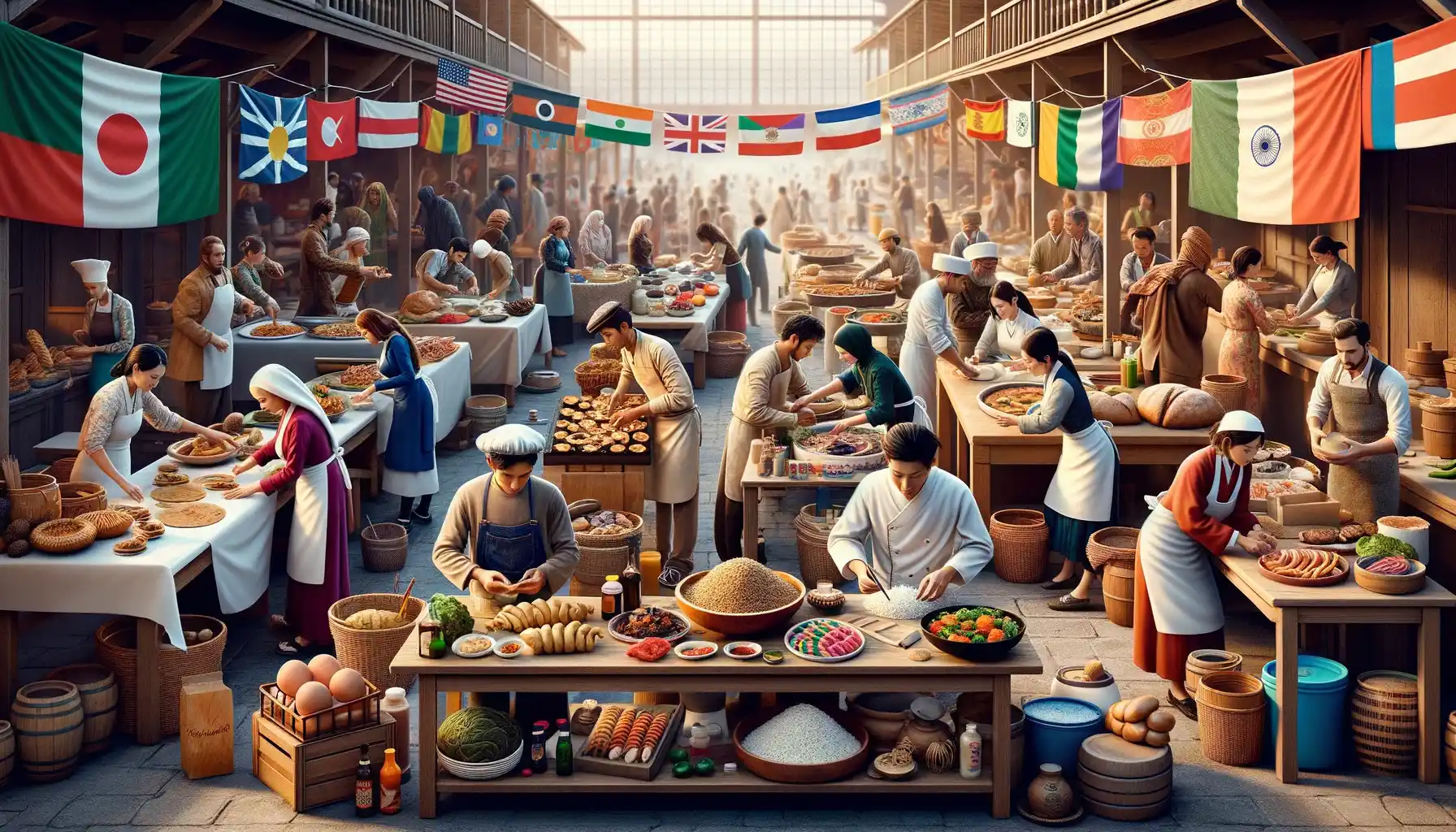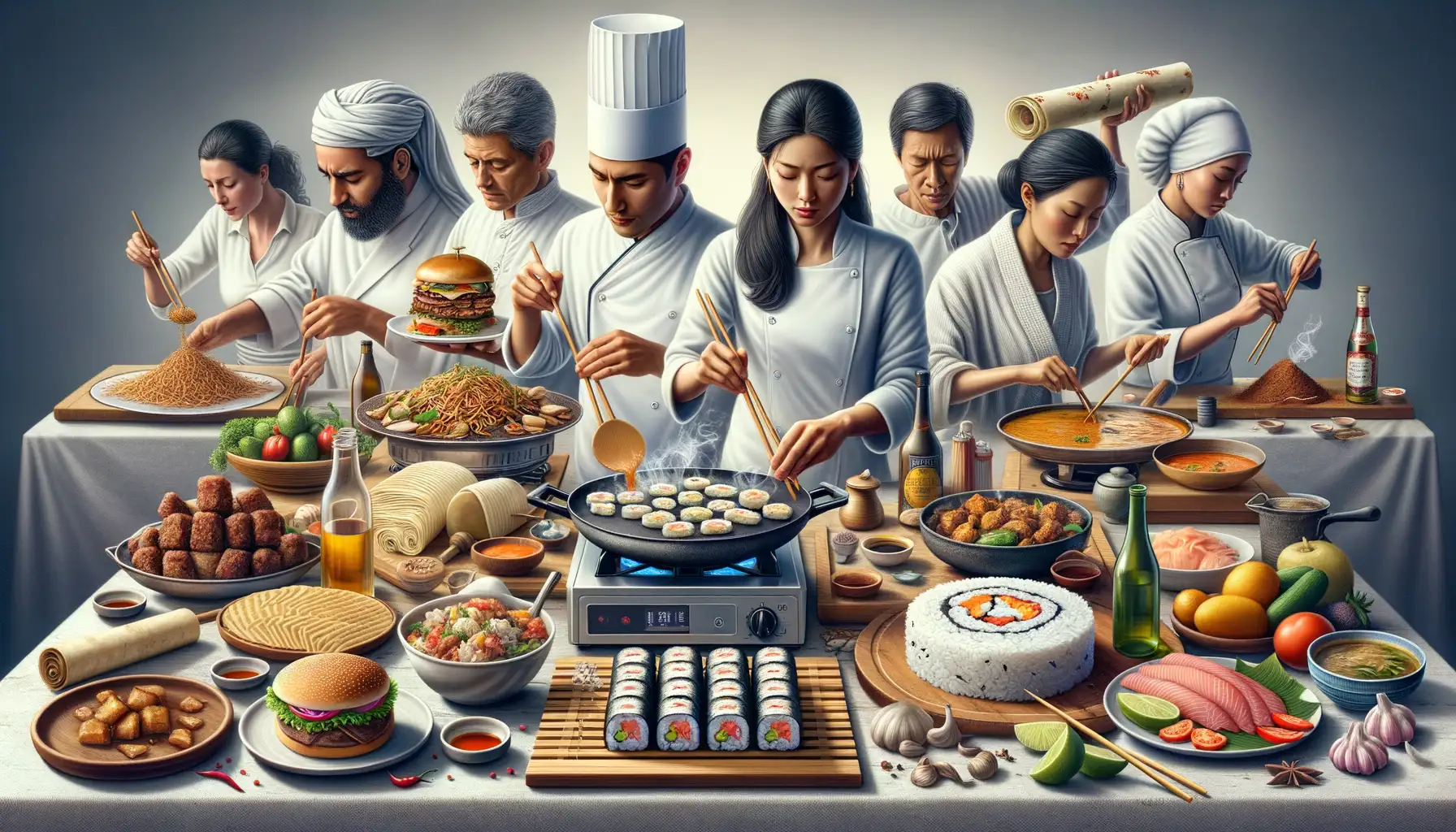Introduction to Cultural Cuisines and Regional Diversity
A Feast of Flavors: The World on Your Plate
Imagine biting into a perfectly spiced curry in India, or savoring the smoky, grilled goodness of Argentinian asado. Every dish tells a story—a vivid tapestry woven with history, geography, and the heartbeat of its people. Food isn’t just fuel; it’s a passport to understanding cultures, and every forkful invites you deeper into someone’s world.
This is what makes exploring regional cuisines so thrilling. Each region boasts something undeniably unique: the fiery chilies of Southeast Asia, the aromatic olive oils of the Mediterranean, or the earthy spices in Middle Eastern stews. Suddenly, the world feels smaller—connected by shared meals yet expanded by infinite flavor possibilities.
- The frothy warmth of Turkish kahve (coffee) served with sweet lokum
- The crisp, flaky shell of a French croissant whispering buttery decadence
- The delicate balance of umami in a bowl of Japanese miso soup
Isn’t it extraordinary how these dishes reflect landscapes, climates, and traditions? From the lush rice paddies of Vietnam to the golden wheat fields of Italy, regional ingredients carry the soul of a place in every bite.
Why Regional Diversity Tastes So Good
What makes cultural food so satisfying? Perhaps it’s the contrast: the hearty comfort of Bavarian pretzels versus the refreshing simplicity of a Peruvian ceviche. It’s not just about taste—it’s about context. A hot bowl of ramen warming your soul during a snowy night in Sapporo feels worlds apart from tangy, spicy pad Thai eaten street-side under Bangkok’s humid skies.
Regional diversity thrives because cultures adapt their cooking to what nature gives them. Think of the smoky, dried meats of Scandinavia, perfect for winter survival, or tropical coconut curries rich with ingredients plucked straight from the jungle. Without even stepping into an airport, a single meal can transport you to faraway lands.
Iconic Regional Dishes from Different Continents

Bite into the Spirit of Asia, Europe, and the Americas
When it comes to Asia, one dish that steals the spotlight is *pho*. This Vietnamese noodle soup isn’t just a meal; it’s a warm hug in a bowl. Picture steaming broth kissed with cinnamon, star anise, and cloves—aromas that wrap around you like a familiar memory. Add to that slurpy rice noodles, tender beef slices, and those fresh pops of herbs like cilantro and Thai basil, and you’ve got pure magic. It’s a feast for the senses, not just the stomach.
Now step into heartwarming European kitchens, and let’s talk about Italy’s star—risotto Milanese. Rich, creamy, and decadent, this saffron-infused masterpiece isn’t your average rice dish. Each bite sings with elegance, as butter and Parmesan cheese create an unparalleled richness. It’s likely been crafted with love over gentle hands stirring a pot for what feels like hours.
But what’s a visit to the Americas without tacos? Specifically, Mexico’s beloved tacos al pastor. Smoky, spiced pork slow-cooked on a vertical spit is sliced thin and cradled in soft corn tortillas. A squeeze of lime? Perfection. Add chunks of pineapple to balance the heat, and suddenly, plain old “dinner” becomes a celebration of life!
- Europe offers hearty meals like goulash and schnitzel.
- Asia surprises with bold flavors—think kimchi or satay.
- The Americas? Expect fire-roasted techniques and playful flavor combos.
Exploring Unique Ingredients and Cooking Techniques

Unveiling Vibrant Flavors Through Rare Ingredients
Have you ever cooked with a spice that dances on your tongue like flames, or an herb that smells like a walk through a rainforest after rain? The world’s kitchens are brimming with hidden treasures! In northern Thailand, chefs use the zesty green fruit of the makrut lime, while across Morocco, you’ll find dishes infused with the heady perfume of orange blossom water. Each of these ingredients tells a story—a connection to land, climate, and culture.
Think about this: would you expect ashes—yes, ashes—to add complex smokiness to your meal? In Denmark, chefs employ burnt hay and ash to create layers of flavor in high-end dishes. And don’t get me started on Bolivia’s chuño, freeze-dried potatoes preserved using ancient techniques that make them earthy and unique.
- Fermented shark in Iceland: Yes, it’s polarizing, but it’s rooted in survival and ingenuity.
- Black garlic in Korea: Sweet, mellow, and bursting with umami.
The Art of Fire and Fermentation
Cooking methods are just as enchanting as the ingredients themselves. The Japanese perfected the meticulous art of binchotan grilling, achieving a delicate sear over white oak charcoal. Contrast this precision with South Africa’s lively braai, where fire is a social affair, an aroma-filled celebration under open skies.
Or imagine fermenting—not just preserving food, but transforming it. From Korea’s tangy, spicy kimchi to Ethiopia’s airy sourdough flatbread, injera, fermentation creates flavors so intricate they dare you to describe them with words.
The Role of Culture and History in Regional Cuisine

How History Shapes What We Eat Today
Ever wondered why some dishes taste like a journey back in time? That’s because every bite you take is steeped in history. Regional cuisine isn’t just about ingredients; it’s the edible diary of a place, reflecting wars, migrations, trade routes, and even love stories. For example, the bold spices in Indian curries tell tales of ancient spice trade dominance, while Italy’s silky ravioli whispers of Chinese influence brought by traders like Marco Polo. An ordinary dish can suddenly feel extraordinary when you realize it carries centuries of human ingenuity, adaptation, and tradition.
Culture on Your Plate: The Heart and Soul of Cuisine
Culture is the soul of food, turning ingredients into something personal and profound. Think of the warmth of a French baguette, symbolizing community and daily ritual. Or consider Japan’s elegant sushi – a perfect balance of simplicity and art that mirrors the country’s philosophical ideals. Here are just a few ways culture gives flavor to food:
- Festivals: Mexican tamales during Día de los Muertos or mooncakes in China’s Mid-Autumn Festival.
- Family Rituals: Grandma’s secret gumbo recipe passed through generations in Louisiana kitchens.
- Symbolism: Red foods at Lunar New Year for prosperity, or Italy’s panettone shared at Christmas for goodwill.
So, next time you savor a regional dish, remember — it’s more than just food. It’s history meeting culture, served on a plate.
Tips for Experiencing Global Culinary Traditions

Make Every Bite an Adventure
Traveling through food is like opening a treasure chest—each dish hides stories, traditions, and surprises. To truly savor global culinary traditions, don’t just eat; immerse yourself. Start with local markets. Picture the rainbow of spices in Marrakech or the bustling stalls of Bangkok. Engage with vendors, sample dishes right there, and let your taste buds guide you.
If you’re dining out, skip the touristy spots. Hunt for tucked-away restaurants filled with locals—that’s where the magic happens. And don’t shy away from street food! That bowl of steaming pho in Hanoi or the perfectly charred tacos al pastor in Mexico City will likely be more memorable than any white-tablecloth experience.
- Learn a few basic phrases in the local language to bond with cooks and vendors.
- Ask about secret menu items or personal favorites—they’re the real gems!
Cook Your Way Through Cultures
Why stop at tasting when you could also create? Enroll in a cooking class to get hands-on with unique techniques like folding delicate Italian ravioli or grinding spices for an authentic Indian curry. Peek into their kitchens, handle ingredients you’ve never seen before, and embrace the mess of trial and error.
Back home? Keep the adventure alive. Recreate dishes using authentic ingredients (hello, online marketplaces!) and share them with family or friends. Each stir, chop, or simmer will transport you right back to that small Greek taverna overlooking the sea.